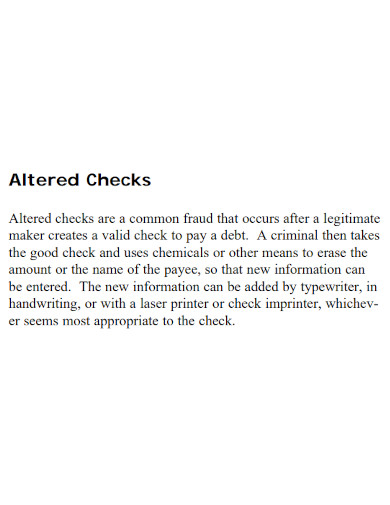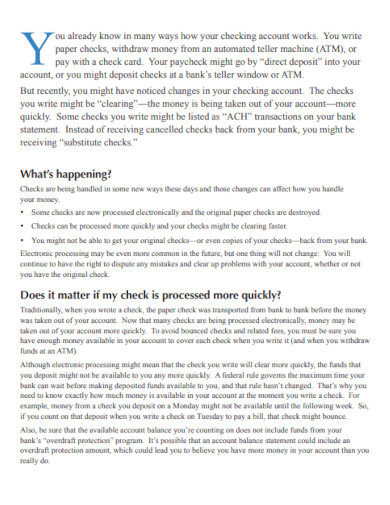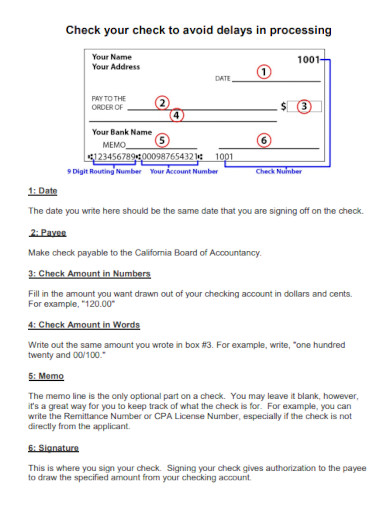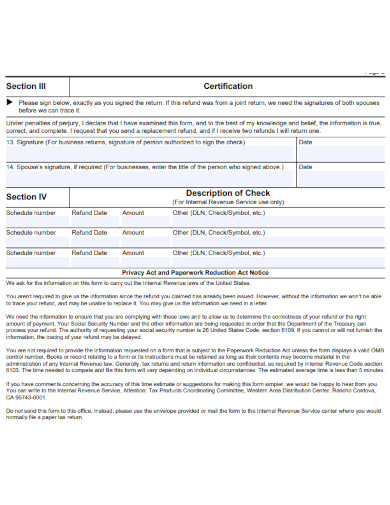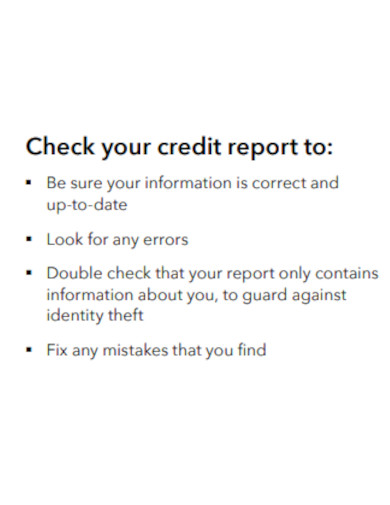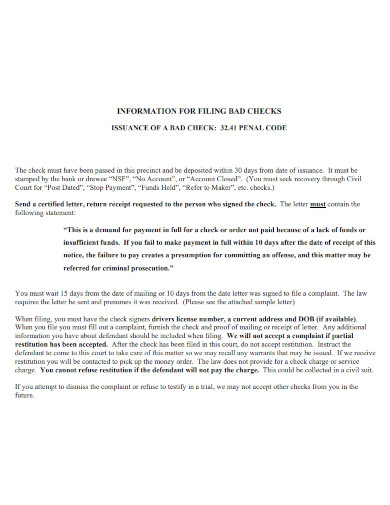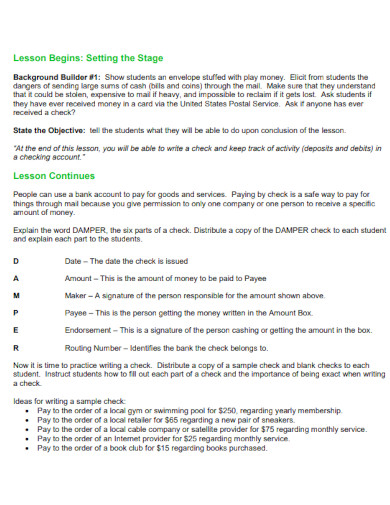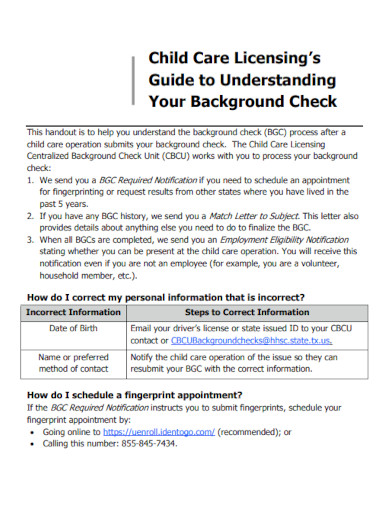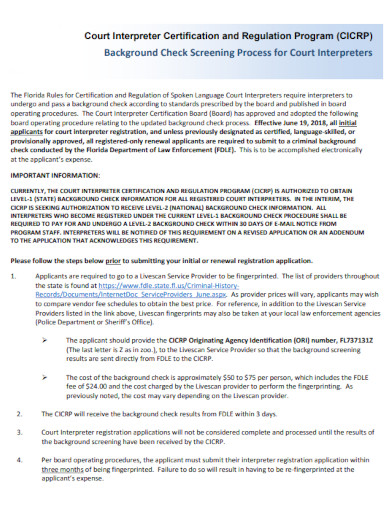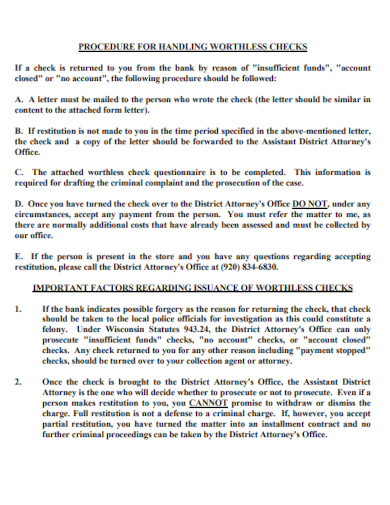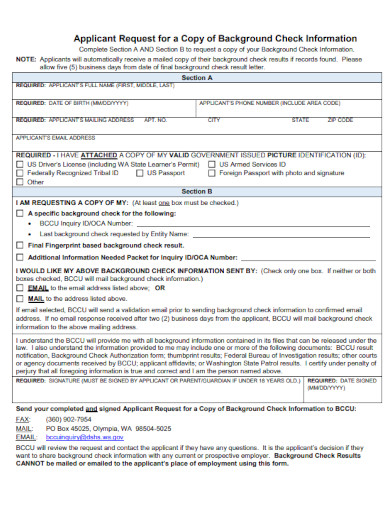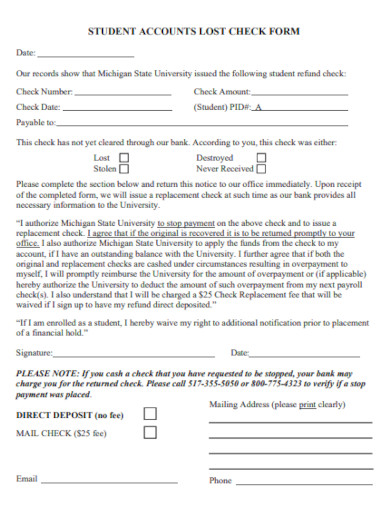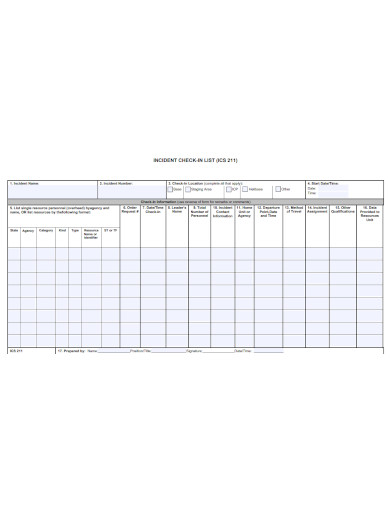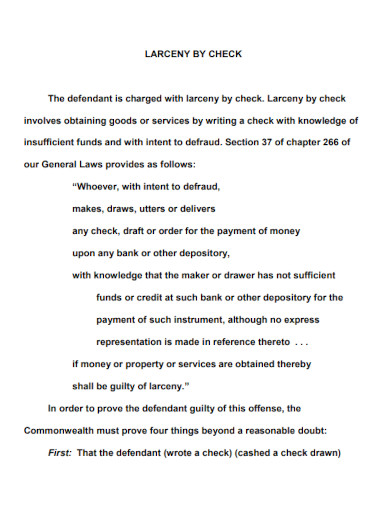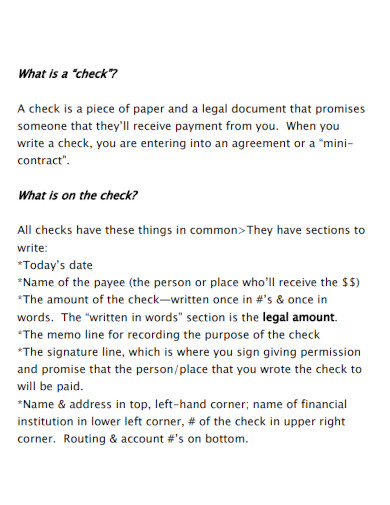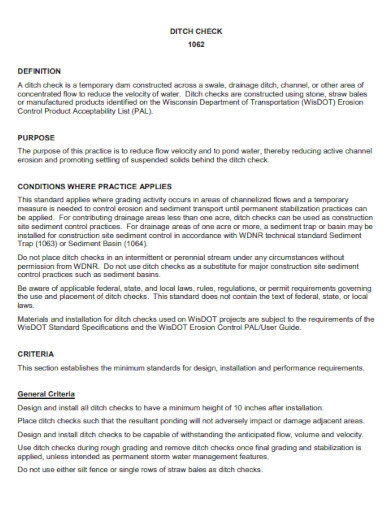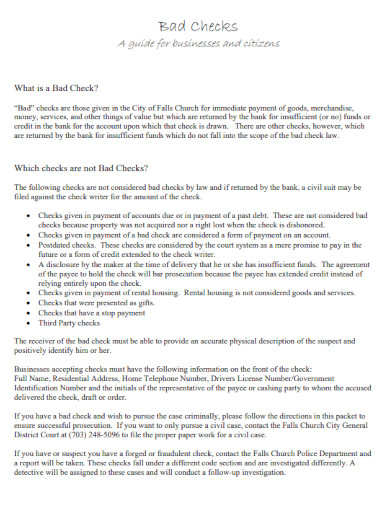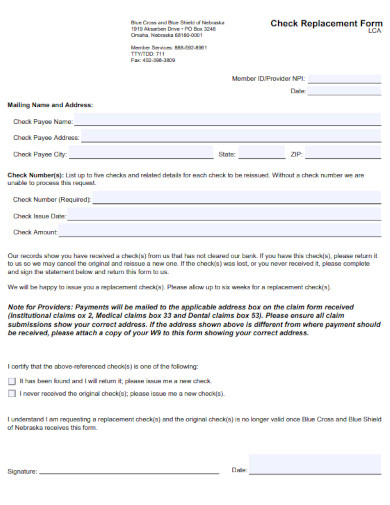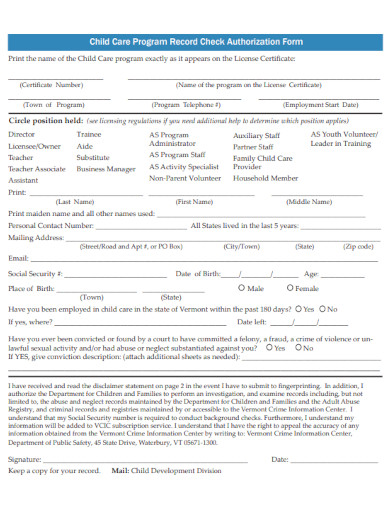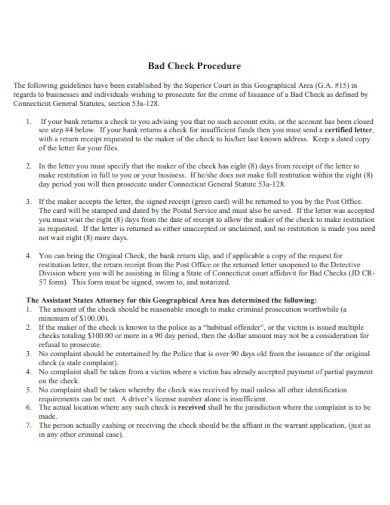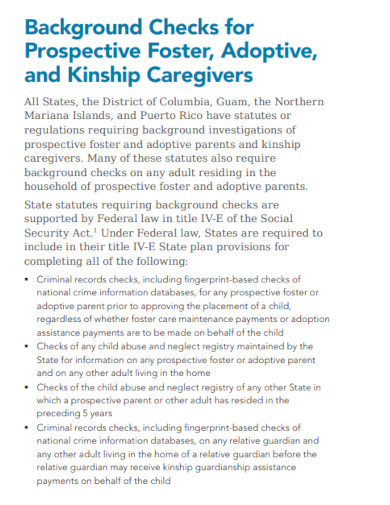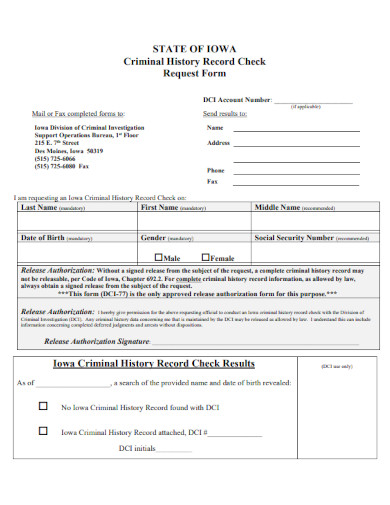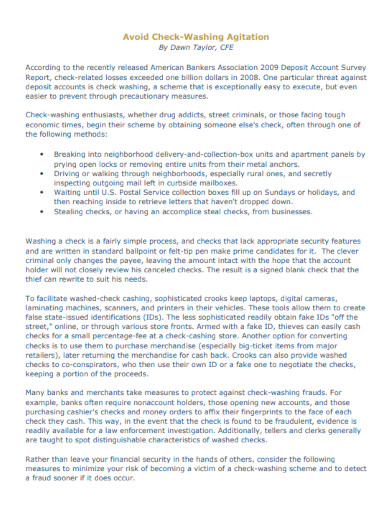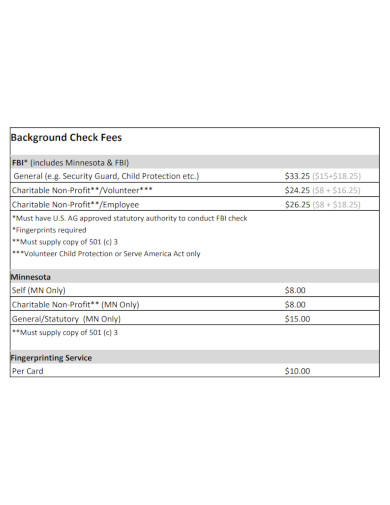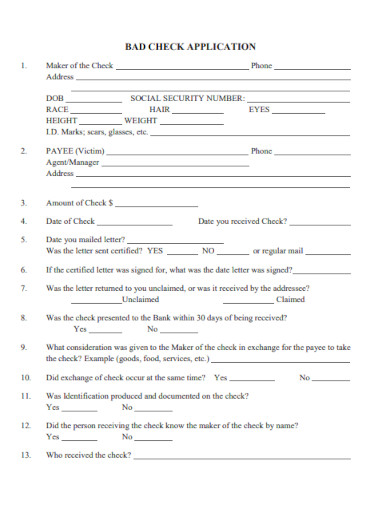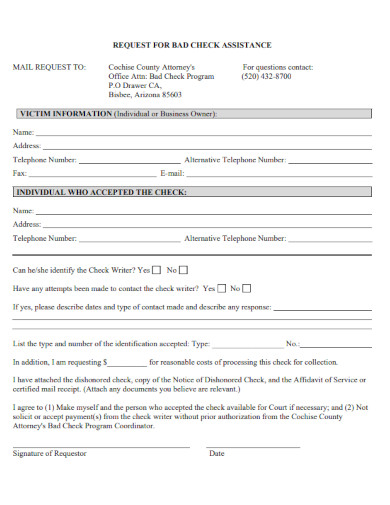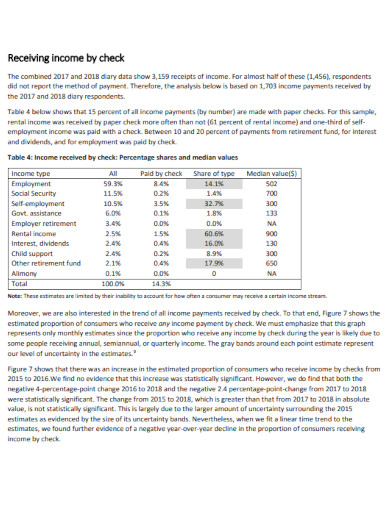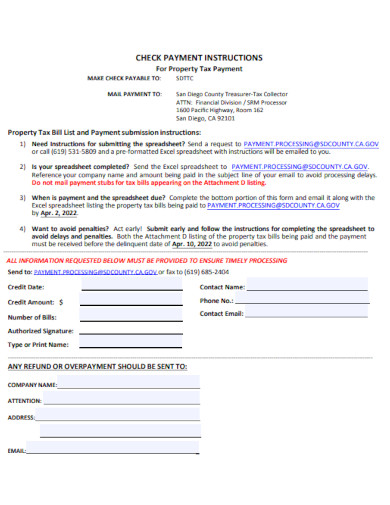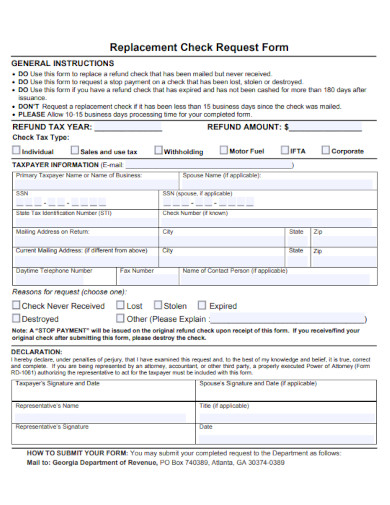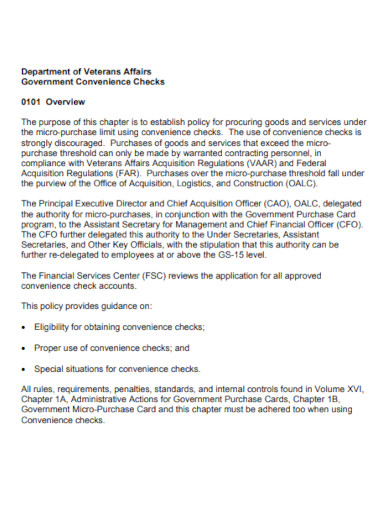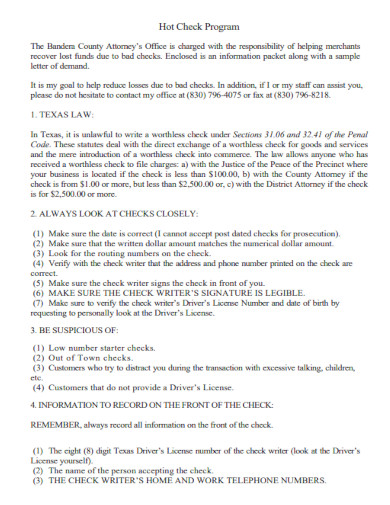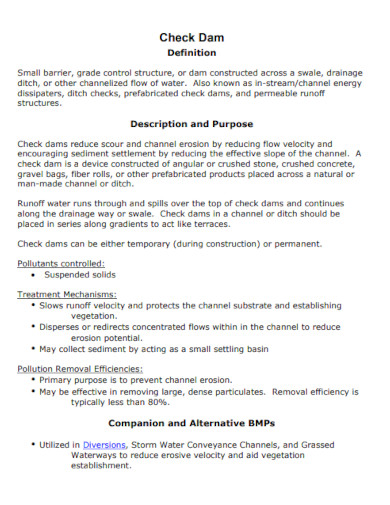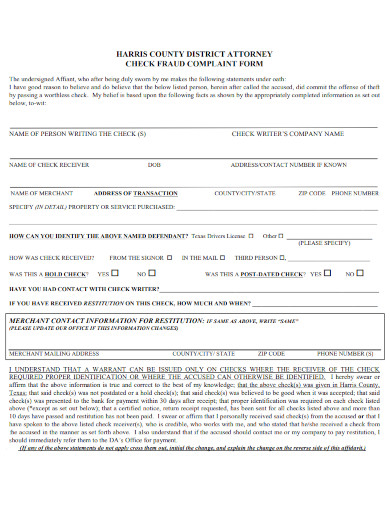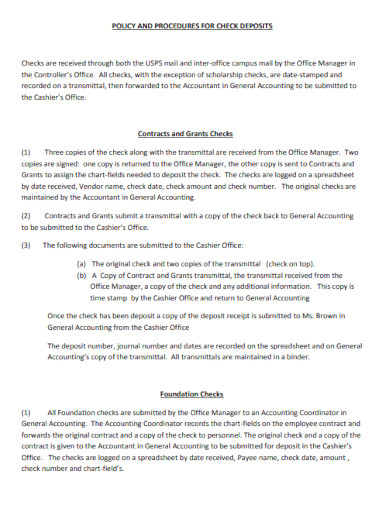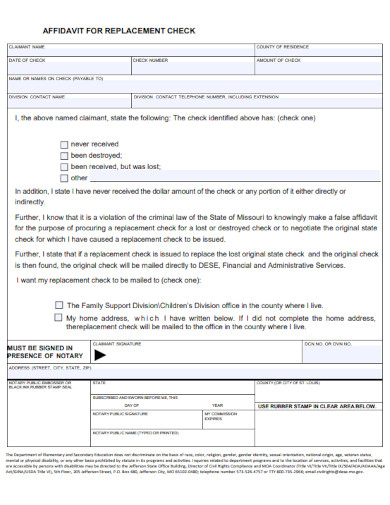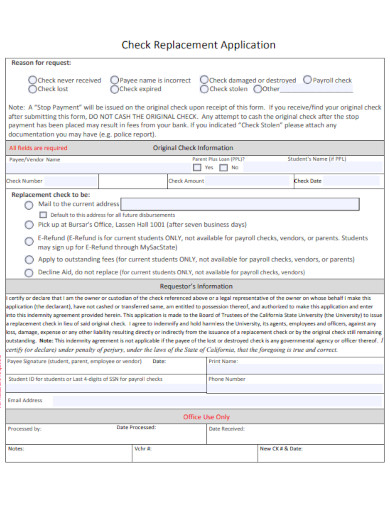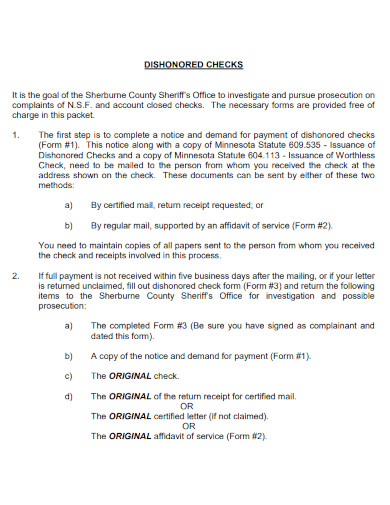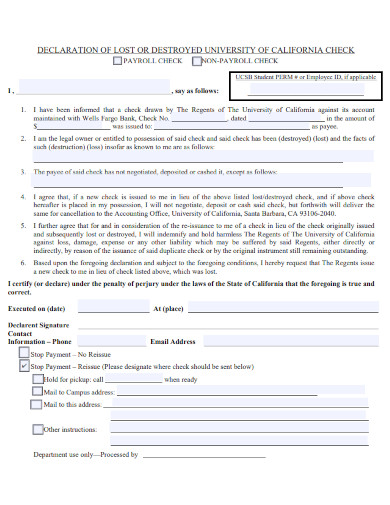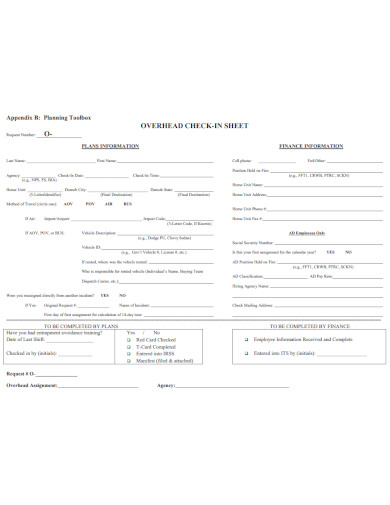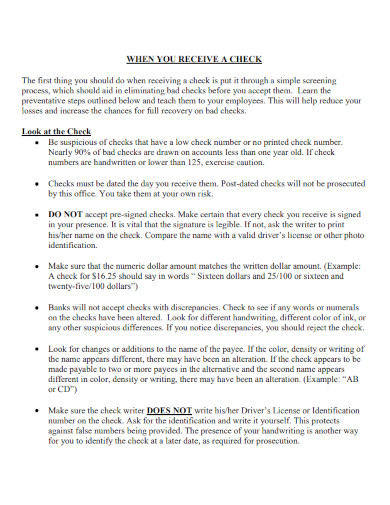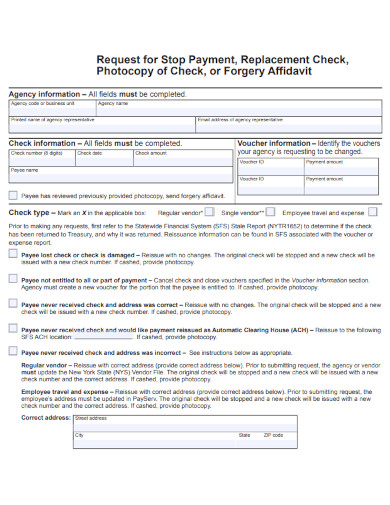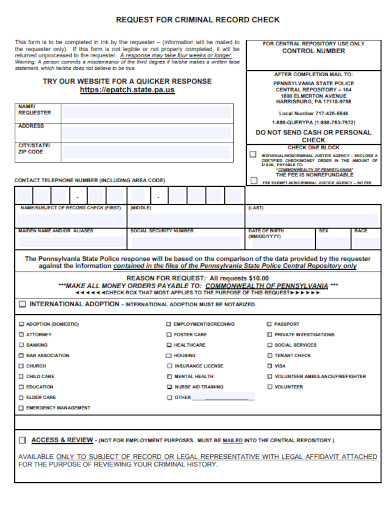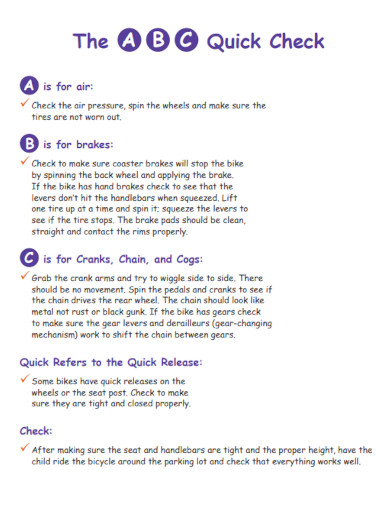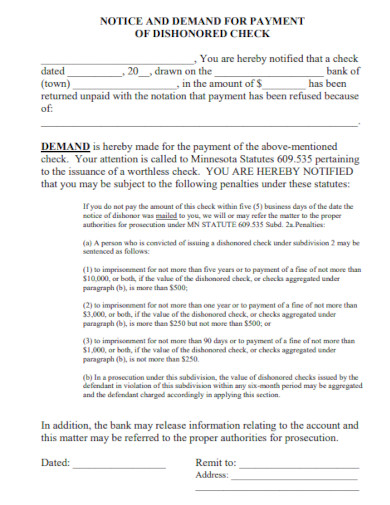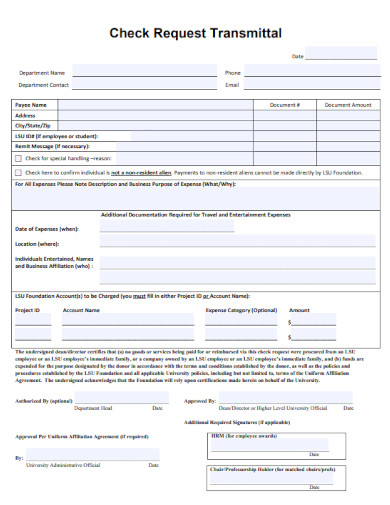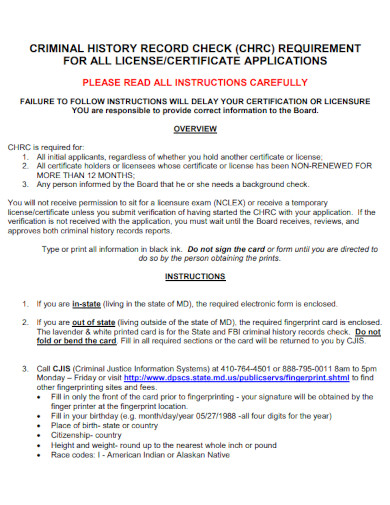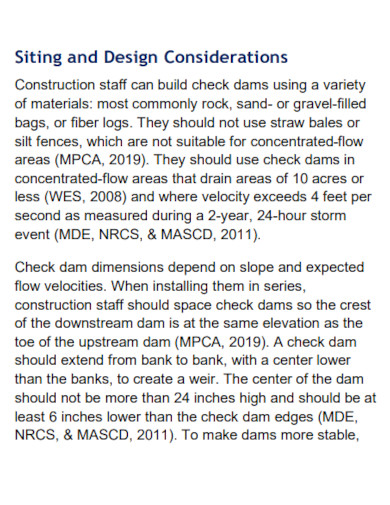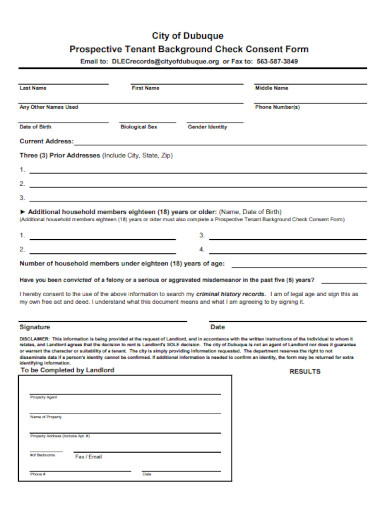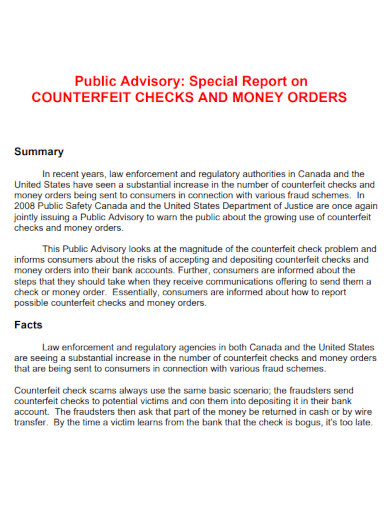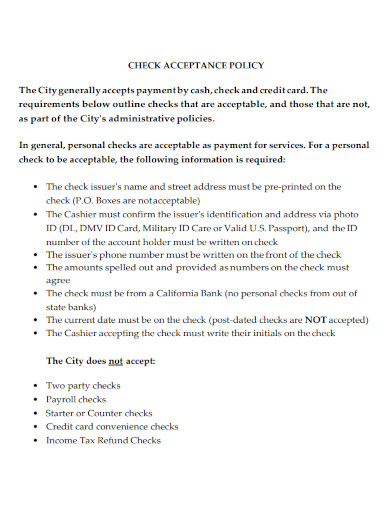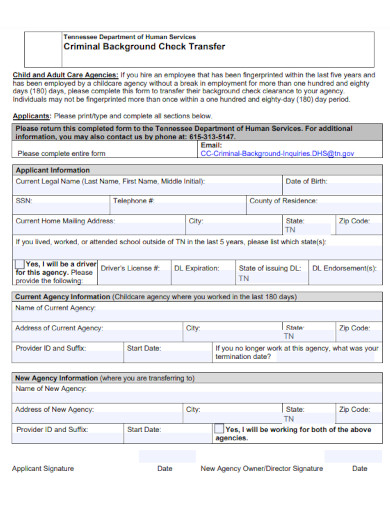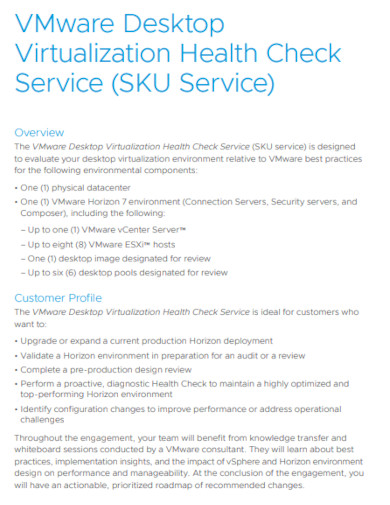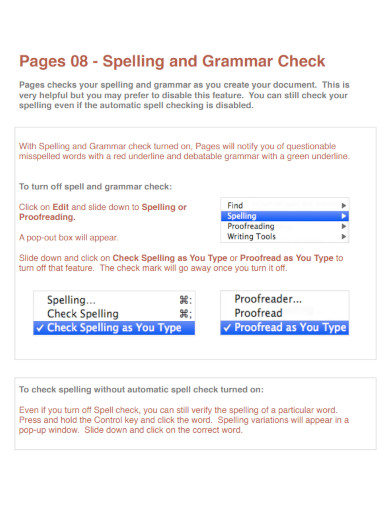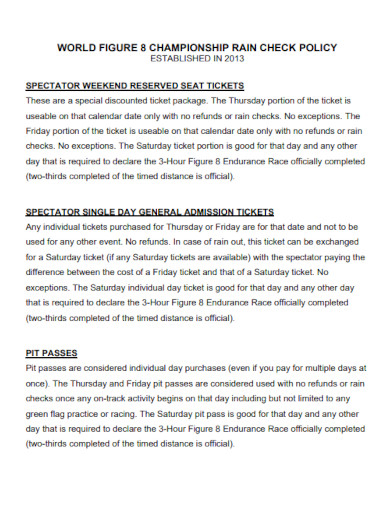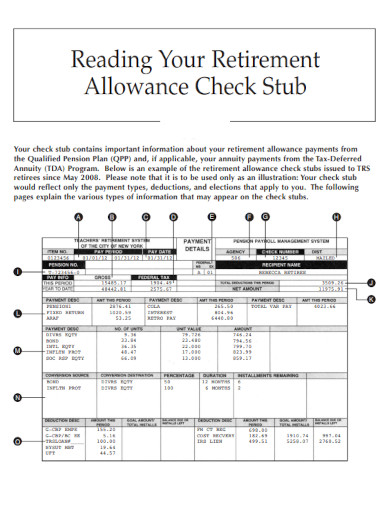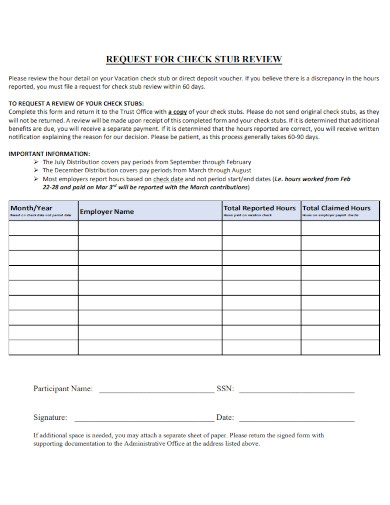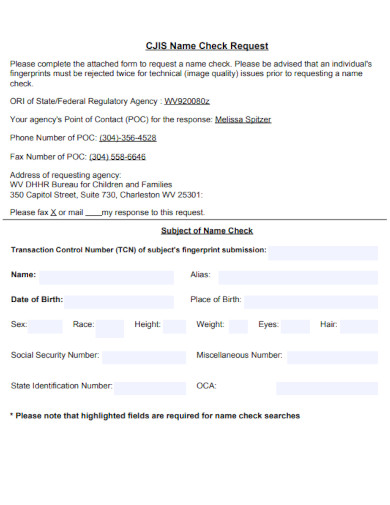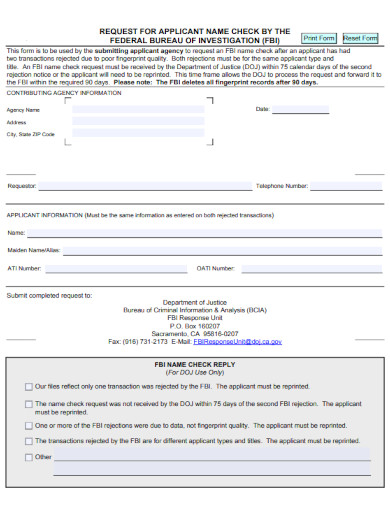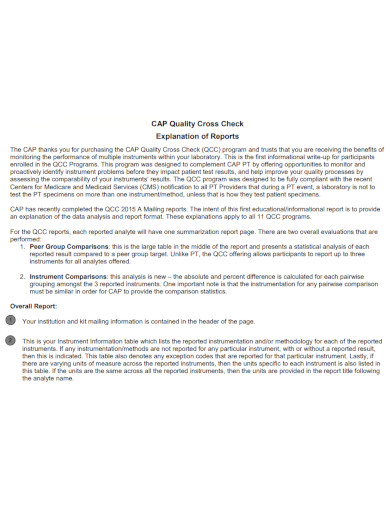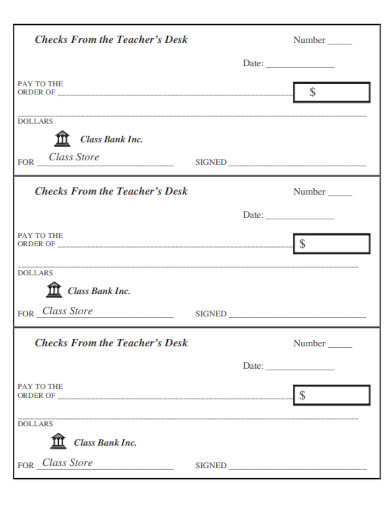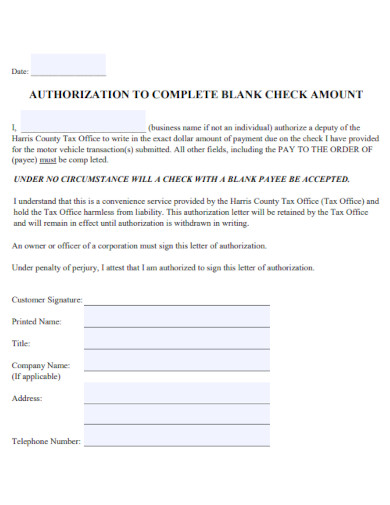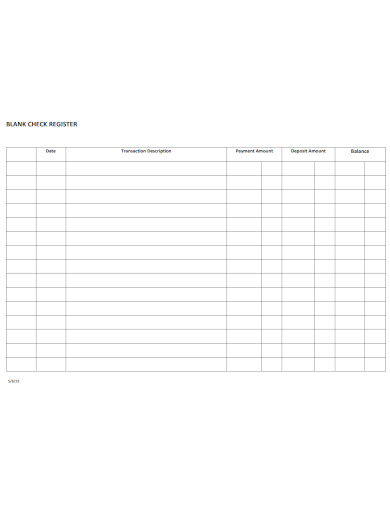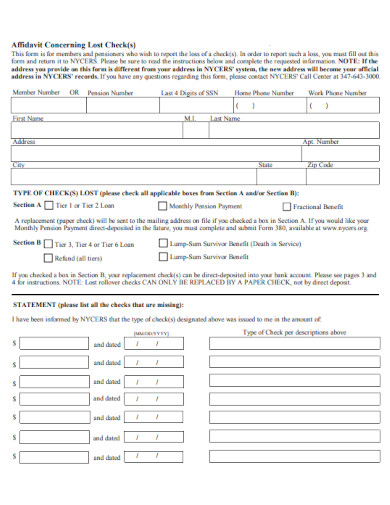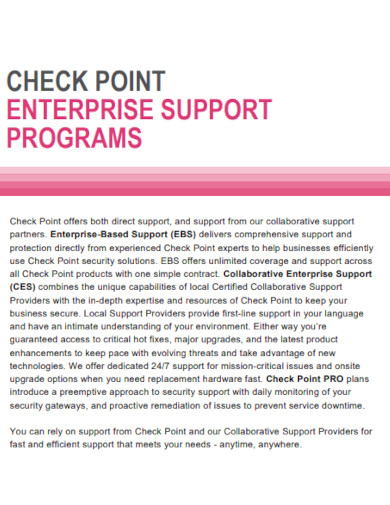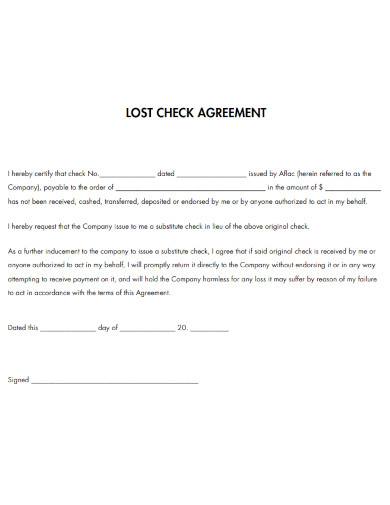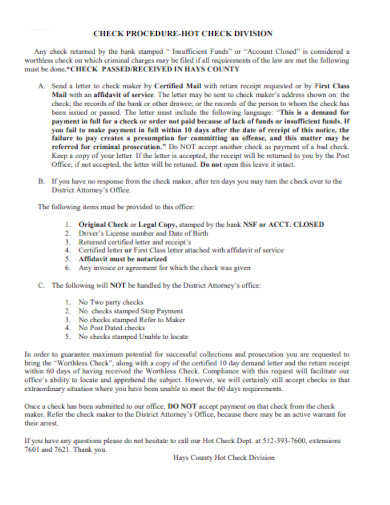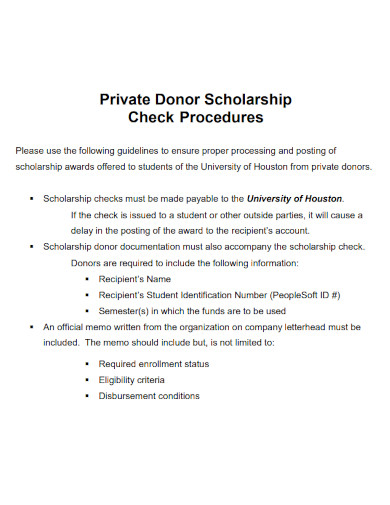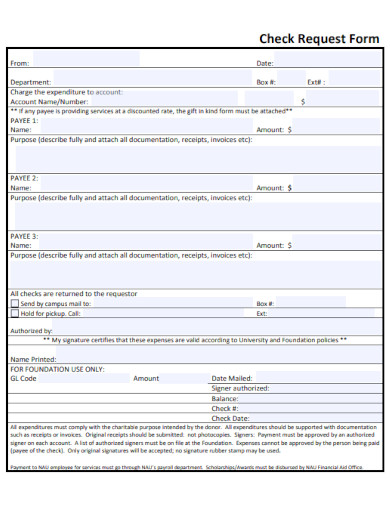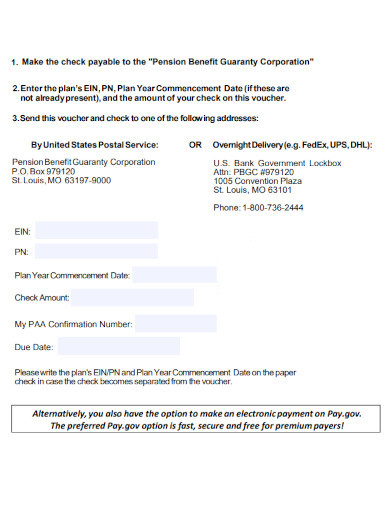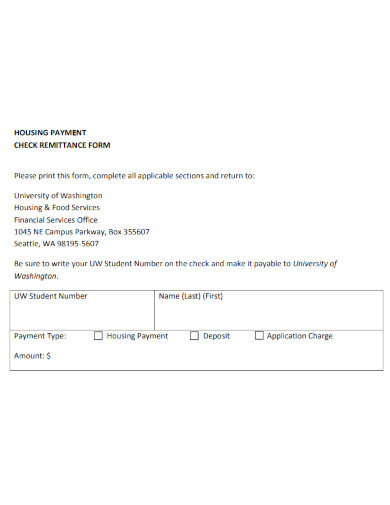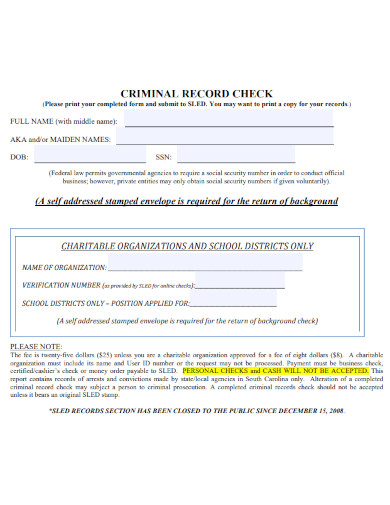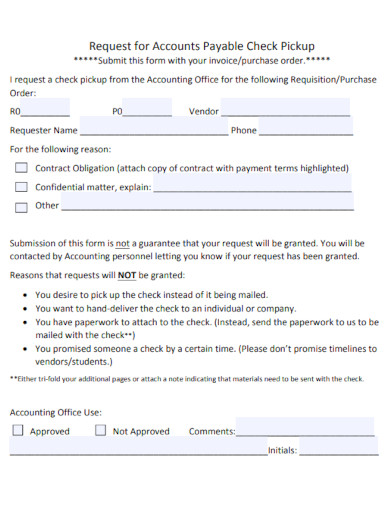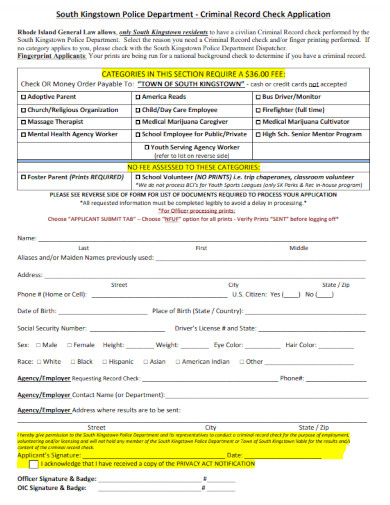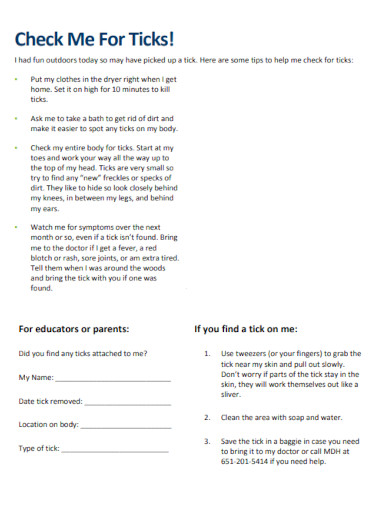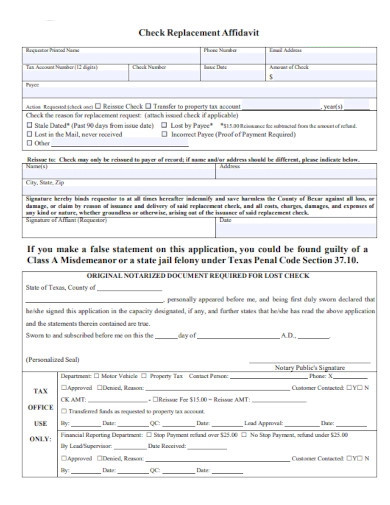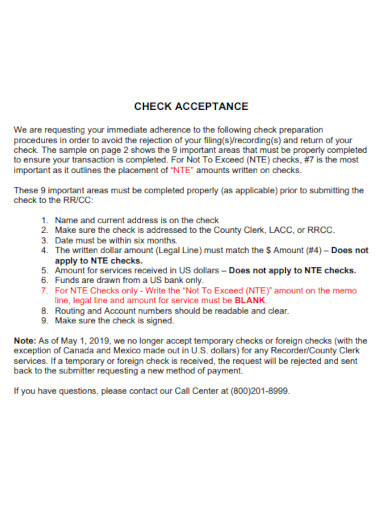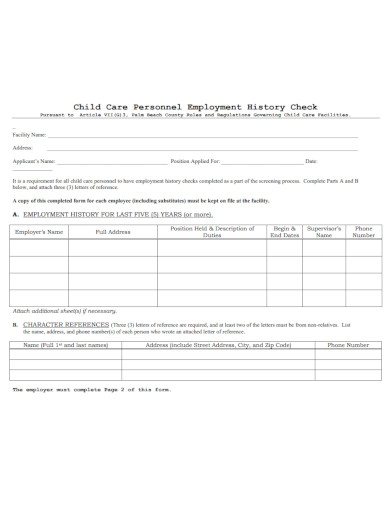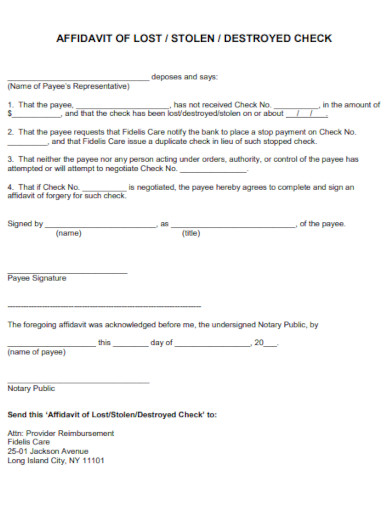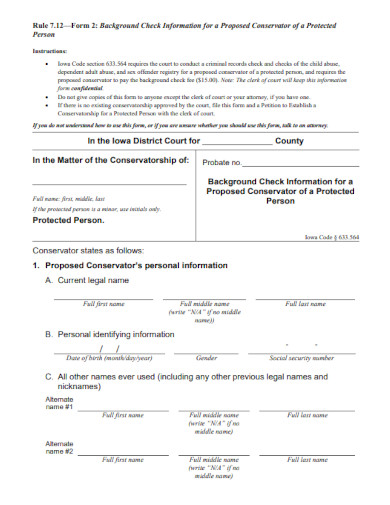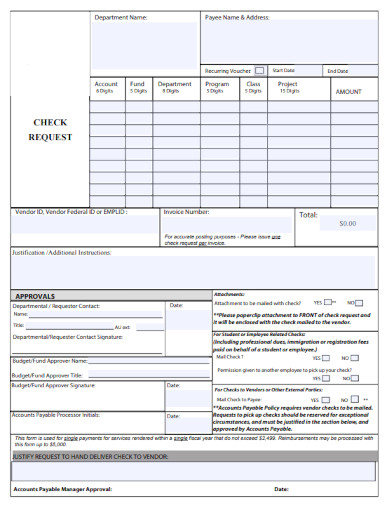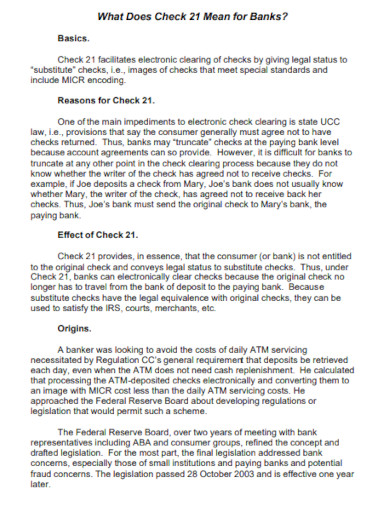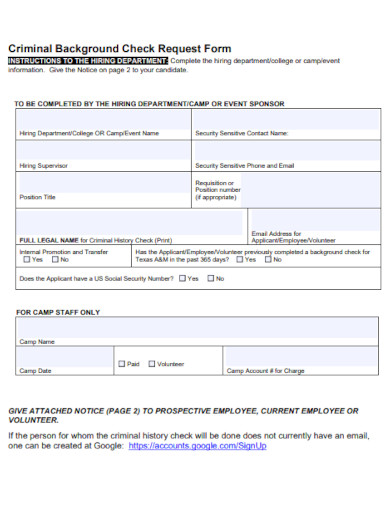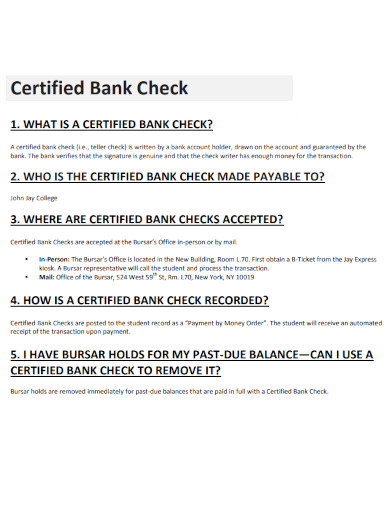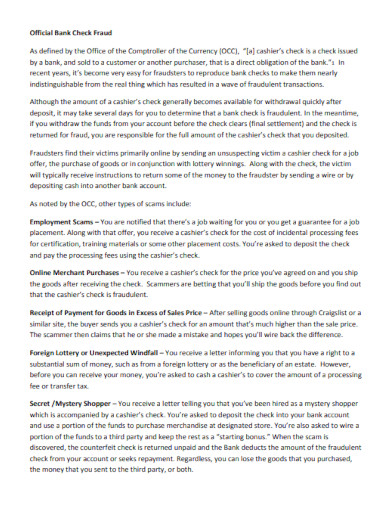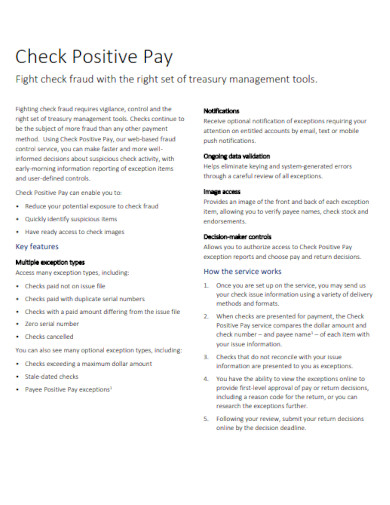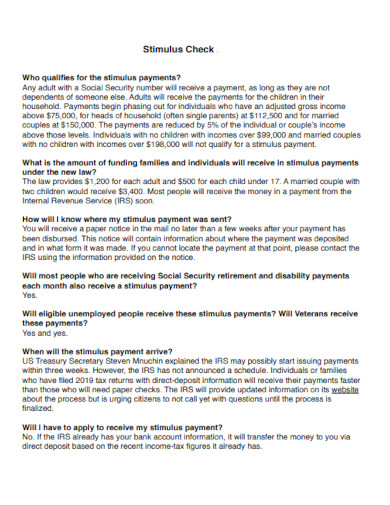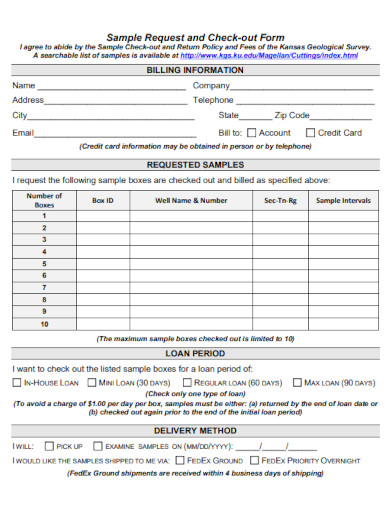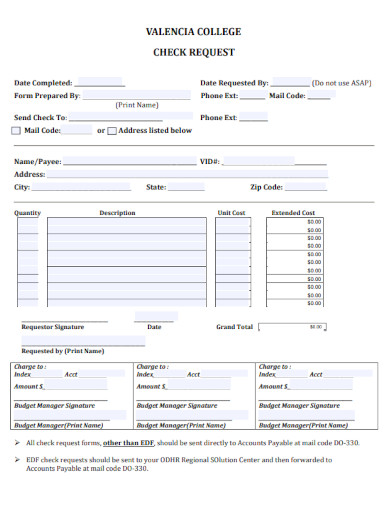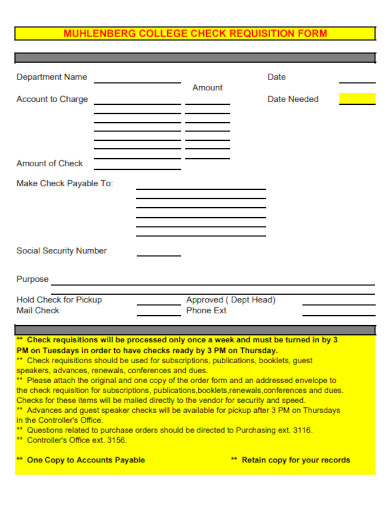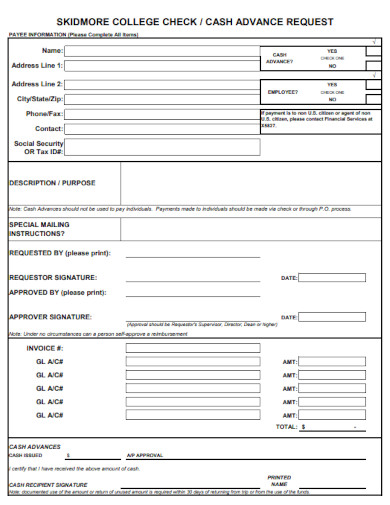99+ Check Examples to Download
When you need to withdraw or pay large amounts of money you often can’t use paper bills. In today’s current culture, people will opt to use checks to withdraw or send large amounts of money to another person’s or business’s bank account. These checks appear in the form of a small rectangular paper with specific indentations to denote the check’s authenticity and validity. Banks will cash in checks as one of their products or services a person can avail, making banks a service business.
1. Altered Check
2. Writing a Check
3. Check Filling
4. Refund Check Form
5. Credit Report Check
6. Student Replacement Check Affidavit
7. Issuance of Bad Check
8. Register Check
9. Background Check
10. Check Sample
11. Check Procedure
12. Request for a Copy of Background Check
13. Student Accounts Lost Check Form
14. Incident Check-In List
15. Criminal History Record Check Request
16. Plan Check Back-Checks
17. Larceny by Check
18. Check Format
19. Ditch Check
20. Bad Check Sample
21. Check Replacement Form
22. Check Authorization Form
23. Bad Check Procedure
24. Check PDF
25. Check Request Form
26. Avoid Check-Washing Agitation
27. Background Check Fees
28. Bad Check Application
29. Request for Bad Check Assistance
30. Receiving Income by Check
31. Check Payment
32. Replacement Check Request Form
33. Government Convenience Checks
34. Hot Check Program
35. Check Dam
36. Check Fraud Complaint Form
37. Check Deposits
38. Affidavit for Replacement Check
39. Check Replacement Application
40. Dishonored Check
41. Check Example
42. Overhead Check-In Sheet
43. Receiving Check
44. Replacement Check
45. Request for Criminal Record Check
46. The Quick Check
47. Notice and Check
48. Check Request Transmittal
49. Record Check
50. Double Check Detector
51. Mobile Check Deposit Agreement
52. Check Dams Example
53. Tenant Background Check Consent Form
54. Counterfeit Check
55. Check Acceptance Policy
56. Criminal Background Check Transfer
57. Virtualization Health Check Service
58. Grammar and Spelling Check
59. Rain Check
60. Rain Check Policy
61. Check Stub
62. Request for Check Stub Review
63. Name Check
64. Applicant Check
65. Quality Cross Check
66. Check kiting
67. Stale Check
68. Checks from Teachers Desk
69. Blank Check Amount
70. Blank Check Resister
71. Affidavit Concerning Lost Check
72. Check Point Enterprise Support Programs
73. Lost Check Agreement
74. Standard Check
75. Private Donor Scholarship Check Procedures
76. Check Request Form Example
77. Check Voucher
78. Check Remittance Form
79. Criminal Record Check PDF
80. Request for Accounts Payable Check Pickup
81. Check Application
82. Check Sample Flyer
83. Check Replacement Affidavit PDF
84. Check Acceptance
85. Employment History Check
86. Stolen Check
87. Check Form
88. Check Verification Form
89. Check Request
90. Check 21 for Banks
91. Status of Check
92. Printable Check
93. Certified Bank Check
94. Official Bank Check Fraud
95. Check Positive Pay
96. Stimulus Check
97. Check-Out Form
98. College Check
99. Check Requisition Form
100. Check
What is a Check
A check or cheque (British English spelling) is a written, dated, and signed paperwork or document that issues the bank with a pending order to pay the money to the person filling in the certified check, which is often called the drawee. The individual who has signed the check, which is called the payee, will be the one to provide payment for the check. People use the check to transfer money from a person’s bank account to another account, utilizing the bank as the method of transferring. The type or archetype of check you will be using will depend on the context or theme of the situation.
How to Write a Check
Writing a check is very intuitive and takes no skill, and will only take a few minutes to create when following a specific outline format or outline. But there are also a couple of things to look out for when creating a check. These can come in the form of erasures, random marks, and misspelled names. If any of these mistakes occur on your check, more often than not your check will either be bounced or unaccepted by the bank.
1.) Obtain a Checkbook from Your Bank
Start either by locating your own bank account’s checkbook or obtaining your checkbook from your associated bank. This is because some specific and personal details have to be printed onto your checkbook. Thus you cannot use anyone else’s checkbook other than your own.
2.) Ensure that the Check has Your Account Number
Check if the checkbook or the check you are using has the associated account number printed on the bottom of the check. This is to ensure that the check you are working on is your own. Writing or using someone else’s checkbook will result in a bounced or uncertified check, and can even be considered fraud.
3.) Write Down the Payee’s Name and The Sign-Off Date
You must then write down your full name on the Payee field of the check. This name must be the same as the one written on your bank account. You must also write the sign-off date on the top right corner of the check, this must be the date you will sign the check.
4.) Write Down the Check Amount in Numbers and Words and Sign
After you have written down your name and the date on your check, you will now write down the amount you will pay to the person in both numbers and words. These two will have distinct fields associated with them, the smaller box is for numbers while the larger field is for words. When you have finished will all of this you will now sign the check.
FAQs
Why are there many young people being scammed by check fraud or fraudulent checks?
The reason why this is occurring more frequently now is that most young people don’t know how written checks work. This is because the younger generations tend to not use or create written checks during the advent of online banking.
What is the lower limit or the lowest amount I can send with a check?
There is no limit to how much you can send with a check. This is with the caveat that you can only send as much money as you have in your bank account.
What happens when I deposit a bad or faulty check to the bank?
The check will bounce from your account, meaning that any money paid by the bank will be taken back. Note that this includes the amount of money you use after you deposited the bad check, which can cause your bank balance to have negative balance resulting in debt.
It is important to know how checks work, as these are often used to transfer large amounts of money from one account to another. Another takeaway from learning about checks is that you prevent yourself and the people you love from being scammed.


